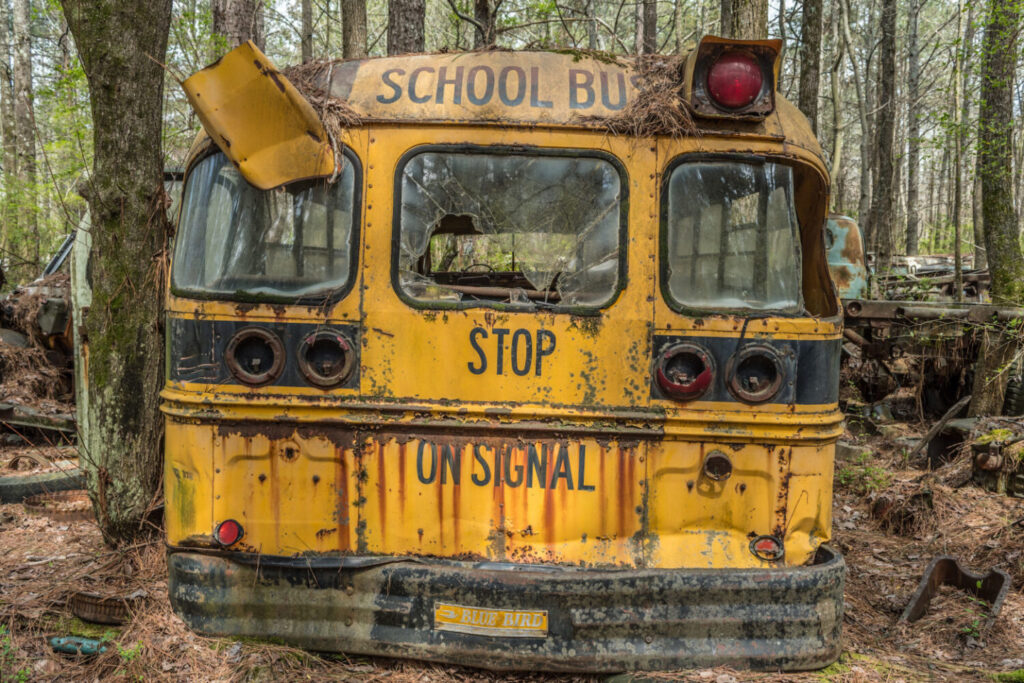Our nation’s educational power structures are showing cracks
The past few years have seen sweeping changes across many landscapes: political, social, and economic. The area of education is experiencing the same level of change, exposing discontent and tensions…

The past few years have seen sweeping changes across many landscapes: political, social, and economic. The area of education is experiencing the same level of change, exposing discontent and tensions among educators, unions, politicians, and parents. The tension is leading to a shift in educational power structures that have been standing for decades.
While it’s easy to attribute the shift to the pandemic, the changes began before COVID-19 disrupted schools.
Declining membership in teachers’ unions is one bellwether that education experts have been observing. Back in June 2018, in a landmark Supreme Court case, Janus vs. AFSCME, the court ruled that non-union government workers cannot be required to pay union fees as a condition of working in public service.
For some educators, that was the freedom they needed to forgo paying union dues and separate themselves from organizations they believed were more interested in political agendas than workers’ rights or the best interests of students. Many teachers believed that unions, including the National Education Association and the American Federation of Teachers, were too focused on advancing political agendas and gaining political power.
The NEA finished the 2021 school year with a membership drop of nearly 60,000 members, or 2.3 percent of its total membership. The AFT lost 22,000 members, a 2.1 percent drop.
When the pandemic hit, issues around parental involvement in schools, masking, and remote learning only exacerbated the already simmering issues and conflicts for unions and their members.
As Frederick M. Hess, director of education policy studies at the American Enterprise Institute, told the New York Times in December: “I don’t think the unions are playing well when we’re seeing urban and suburban parents not particularly happy about what’s been happening in schools the last 18 months.”
Discontent with the state of public education only increased as the pandemic wore on. Homeschooling rates approximately doubled, jumping from 5.4 percent homeschooling in spring of 2020 to 11.1 percent homeschooling in the fall.
As more parents saw the effects that school closures were having on their children, they became more involved, voicing concern to school boards and school officials about learning loss and the effects on their children’s social and emotional health. Parental involvement in education was propelled to the forefront in November elections, most notably when now-Virginia Governor Glenn Youngkin, a Republican, defeated his opponent, Democrat Terry McAuliffe, after highlighting McAuliffe’s criticism of parental input into local curricula. In that race, 24 percent of voters said education was most important in deciding how they voted: of those, 53 percent chose Youngkin.
The Youngkin win came on the heels of a dustup between the National School Boards Association and its state members. The NSBA had sent a letter to the White House requesting federal law enforcement assistance to deal with what they described as increased threats and acts of violence by citizens against public school children, school board members, and school officials. Most of these threats, according to the NSBA, stem from conflicts over issues such as mask mandates and critical race theory.
The letter was seen by many to be an attempt to squash parental opposition to curriculum and the adoption of controversial policies. Following weeks of controversy and pushback from state associations, the NSBA released an apology. But the damage was done: more than half of state organizations distanced themselves or withdrew from the national group.
Experts predict education will continue to be a major topic in the 2022 elections, from local races to the national stage. Parents are unhappy, teachers are pushed to their limits, school boards are facing issues few foresaw when they were elected, and politicians and unions are at odds.
The disagreements and tension aren’t falling along partisan lines, either. Just watch the news from Chicago this week, where Democratic Mayor Lori Lightfoot was at a stalemate with the Chicago Teachers Union, who refuse to go back into classrooms during the current COVID surge.
“This walkout by the teachers union, which is illegal, has had cascading negative ripple effects not only on the students and their learning, and their social and emotional welfare, but also on the families themselves,” Lightfoot said.
Perhaps an early hint at political change was evident in the results of a Washington Post-ABC News poll last fall. When asked which party they preferred on the issue of education, 44 percent of voters said Democrats and 41 percent said Republicans. This is notable because Democrats have led on the issue of education, typically by double digit leads, for decades. The last time the Post-ABC surveyed education in the mid-2000s, Democrats led by more than 20 points.
Many issues are at play both nationally and state-by-state in 2022:
- school board elections
- progressive versus conservative candidates
- school choice and school voucher programs
- vaccine requirements for children.
It remains to be seen whether the changes in education policy and practice are permanent, and what impact these will have in the long term.



